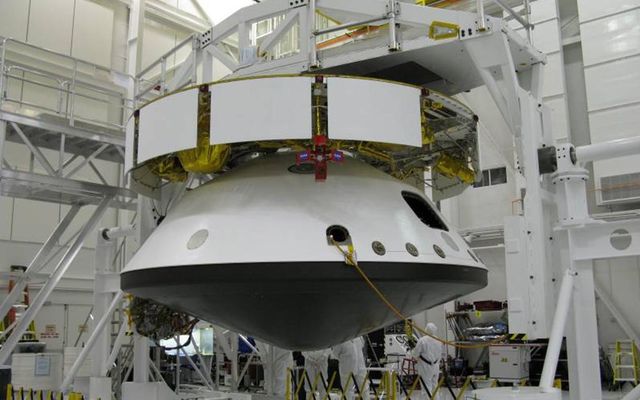Technology at NASA
Technologies That Enable Mars Exploration
Technology development makes missions possible. Each Mars mission is part of a continuing chain of innovation: each relies on past missions for new technologies and contributes its own innovations to future missions. This chain allows NASA to continue to push the boundaries of what is currently possible, while relying on proven technologies as well.
Technologies of Broad Benefit
| Propulsion: | for providing the energy to get to Mars and conduct long-term studies |
| Power: | for providing more efficient and increased electricity to the spacecraft and its subsystems |
| Telecommunications: | for sending commands and receiving data faster and in greater amounts |
| Avionics: | electronics for operating the spacecraft and its subsystems |
| Software Engineering: | for providing the computing and commands necessary to operate the spacecraft and its subsystems |
In-situ Exploration and Sample Return
| Entry, Descent, and Landing: | for ensuring precise and safe landings |
| Autonomous Planetary Mobility: | for enabling rovers, airplanes, and balloons to make decisions and avoid hazards on their own |
| Technologies for Severe Environments: | for making systems robust enough to handle extreme conditions in space and on Mars |
| Sample Return Technologies: | for collecting and returning rock, soil, and atmospheric samples back to Earth for further laboratory analysis |
| Planetary Protection Technologies: | for cleaning and sterilizing spacecraft and handling soil, rock, and atmospheric samples |
Science Instruments
| Remote Science Instrumentation: | for collecting Mars data from orbit |
| In-Situ Instrumentation: | for collecting Mars data from the surface |


No comments:
Post a Comment